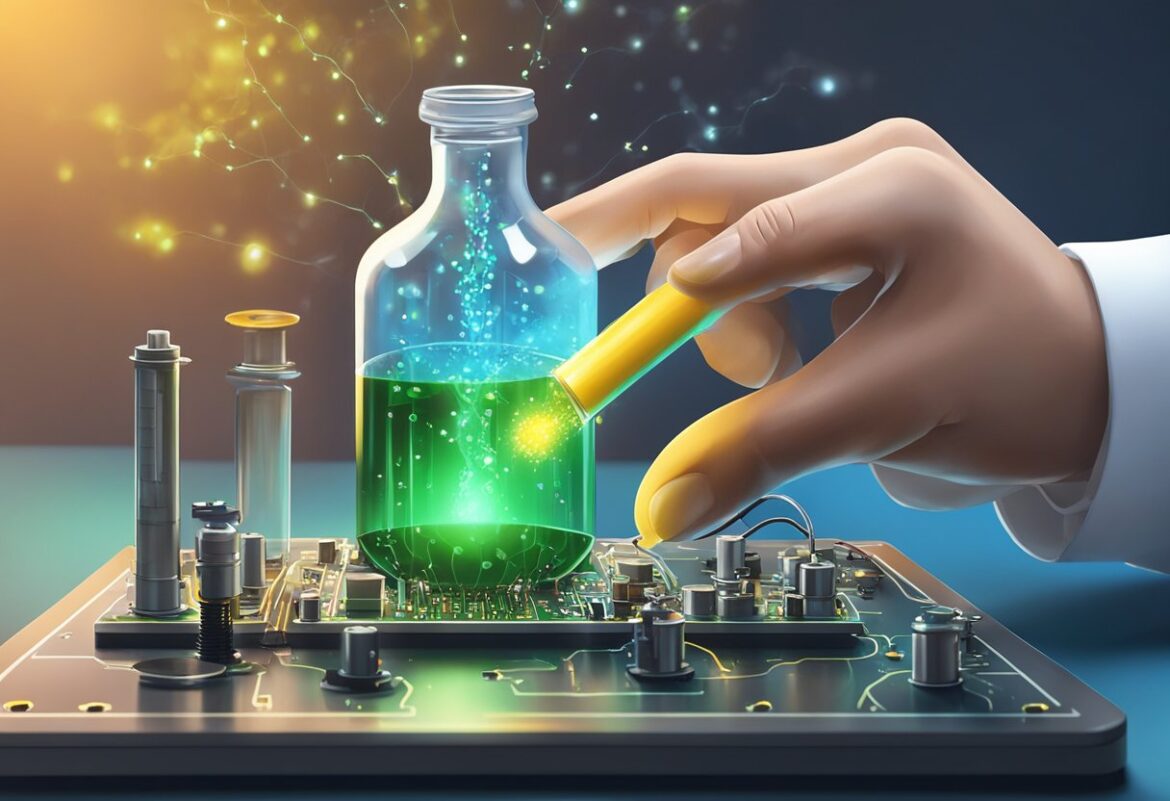Table of Contents
Explore the best accidental inventions in science, like penicillin, that showcase how serendipity can lead to groundbreaking innovations that change our world forever.
Many great scientific discoveries happened by chance. Scientists often stumble upon breakthroughs while working on other projects. These lucky finds can lead to big changes in the world.
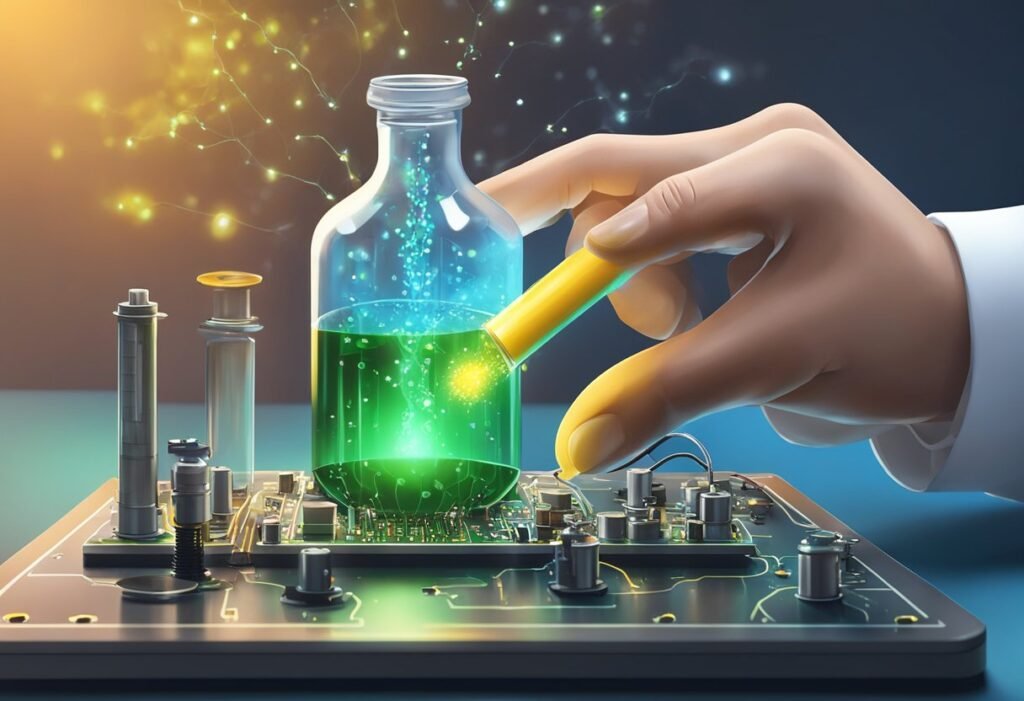
Video Showing Accidental Inventions:
Accidental inventions have shaped our lives in many ways. Things we use every day, like microwaves and X-rays, came from unexpected places. For example, Percy Spencer invented the microwave oven after noticing a candy bar melted in his pocket while working with radar equipment.
Sometimes the most important finds come when scientists aren’t looking for them. This idea is called serendipity. It means making good discoveries by accident. Many drugs, like penicillin, were found this way. These chance findings show how being open to new ideas can lead to big breakthroughs in science.
Defining Accidental Discoveries
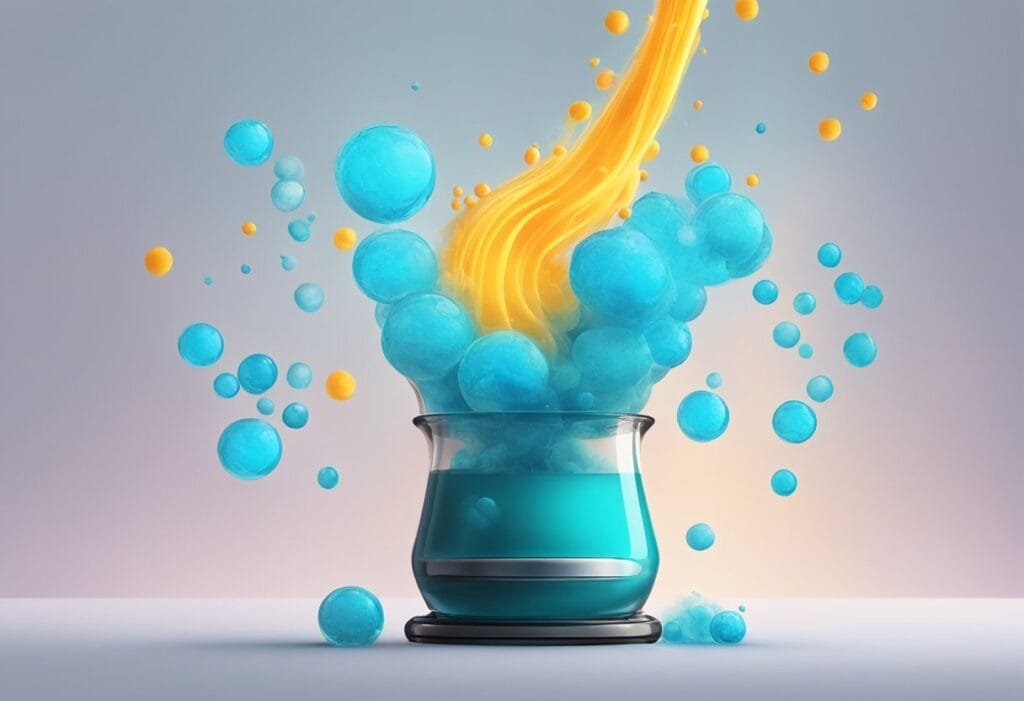
Accidental discoveries happen when scientists find something unexpected during their research. These happy accidents often lead to important breakthroughs.
Serendipity in Science
Serendipity plays a big role in scientific progress. It refers to making valuable discoveries by chance. Many famous accidental inventions have shaped our world.
Some examples include:
- X-rays: Found while studying cathode rays
- Penicillin: Noticed on a contaminated lab dish
- Microwave ovens: Observed when a candy bar melted near radar equipment
These discoveries weren’t planned. The scientists were looking for something else. But they were smart enough to see the value in their mistakes.
Accidental discoveries can happen in any field. Chemistry, physics, and medicine have all benefited from them. Being open to surprises is key for scientists.
Not all accidents lead to breakthroughs. It takes skill to spot important findings. Scientists must be ready to explore the unexpected.
Historical Context of Accidental Inventions

Accidental inventions have shaped modern science and medicine in profound ways. Two key examples highlight how unexpected discoveries led to major breakthroughs that changed the world.
The Discovery of Penicillin
Alexander Fleming stumbled upon penicillin in 1928. He left some dirty petri dishes in his lab while on vacation. When he returned, he noticed mold growing in one dish had killed the bacteria around it.
Fleming isolated the mold and found it could fight many types of harmful bacteria. This accidental find led to the development of antibiotics. Penicillin went on to save millions of lives during World War II and beyond.
The discovery of penicillin shows how a chance observation can lead to a world-changing breakthrough. It reminds us to stay alert for unexpected results in scientific research.
X-Ray Imaging Emergence
Wilhelm Roentgen discovered X-rays by accident in 1895. He was working with a cathode ray tube when he noticed a nearby fluorescent screen glowing.
Roentgen realized the tube was giving off an unknown type of ray. He called it “X-ray” for its mystery. He soon found these rays could pass through many objects, including human flesh.
This led to a revolution in medical imaging. Doctors could now see inside the body without surgery. X-rays became a key tool in diagnosing injuries and diseases.
The X-ray discovery shows how exploring odd results can open up new fields of study. It changed medicine and science forever.
Notable Accidental Inventions in Medicine
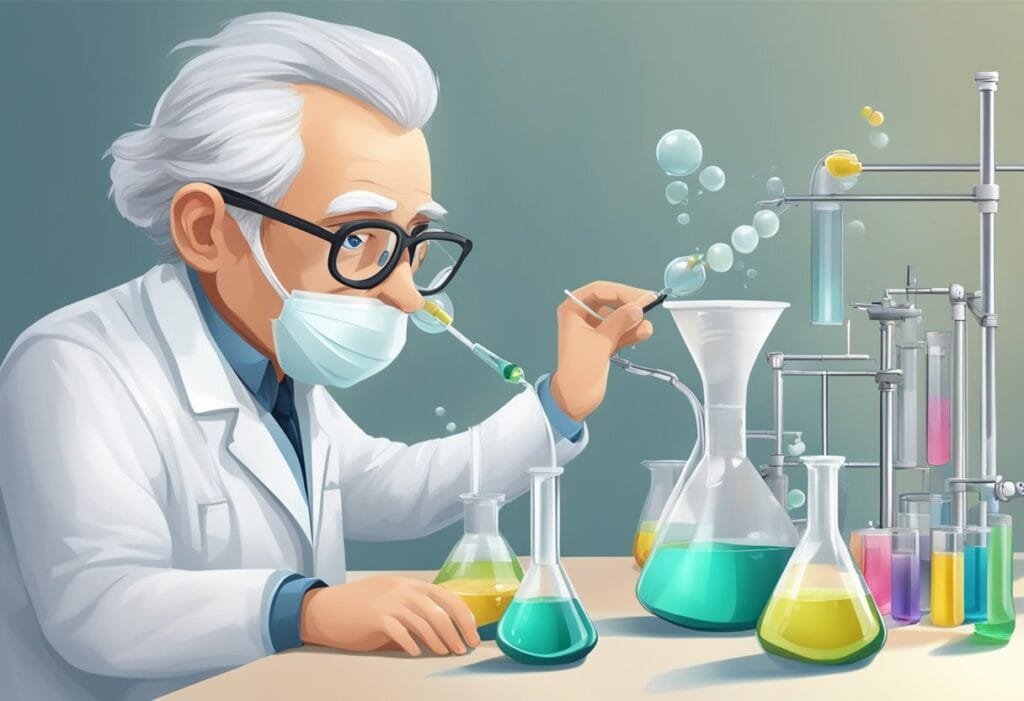
Some of the biggest breakthroughs in medicine happened by chance. These lucky accidents changed how doctors treat patients and saved countless lives.
The Birth of Antibiotics
In 1928, Alexander Fleming made a mistake that changed medicine forever. He left a petri dish uncovered in his lab. When he came back, he saw mold growing on it.
The mold killed the bacteria in the dish. This led Fleming to discover penicillin, the first antibiotic. Penicillin went on to save millions of lives by fighting infections.
Before antibiotics, even small cuts could be deadly. Now, doctors can treat many harmful bacteria with these drugs.
Unexpected Advances in Surgery and Treatment
Accidents in the lab led to other big medical finds. The drug Viagra was first made to treat heart problems. Scientists found it worked better for a different issue.
Another lucky find was the pacemaker. An engineer was trying to record heart sounds. He used the wrong part and found it could control heartbeats.
Even anesthesia came about by accident. Doctors noticed laughing gas and ether could stop pain during surgery. This made operations safer and less painful for patients.
Unintended Breakthroughs in Food and Consumption
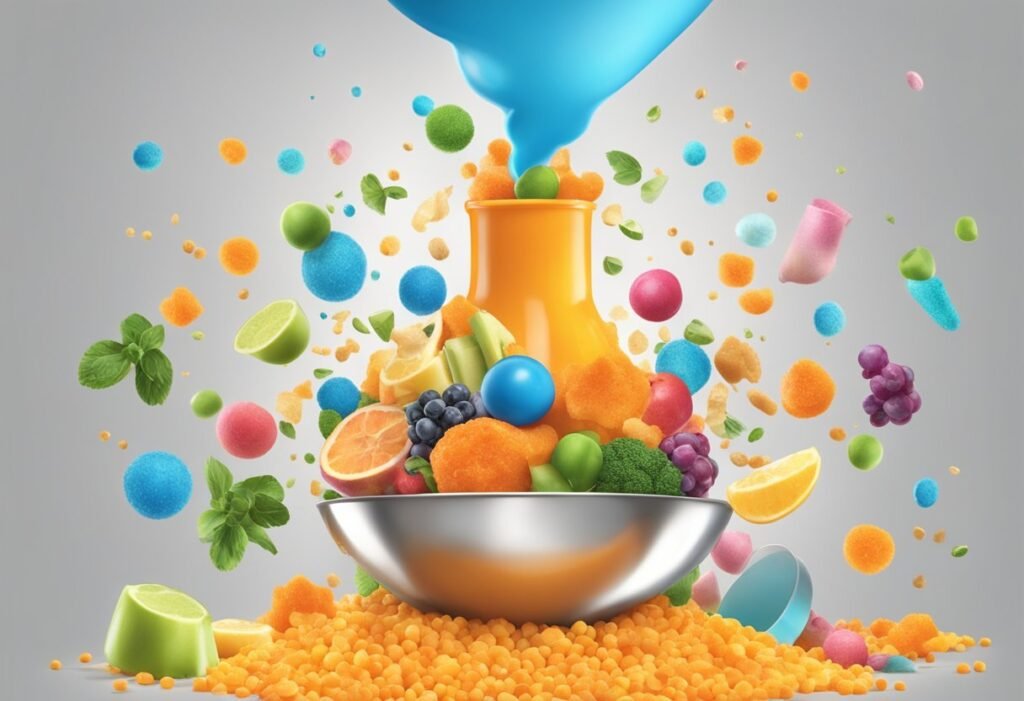
Accidents in the kitchen and lab have led to some of our favorite treats. These mishaps resulted in new flavors and textures that changed how we eat.
Sweet Serendipity: Saccharin
In 1879, Constantin Fahlberg made a surprising discovery while working on coal tar derivatives. He noticed a sweet taste on his hand after dinner. This led him to realize he had accidentally created saccharin.
Saccharin is about 300-400 times sweeter than sugar. It quickly became popular as a low-calorie sweetener. The compound found use in foods and drinks for people watching their sugar intake.
At first, some were unsure about saccharin’s safety. But studies showed it was safe for most people. Today, it remains a common sugar substitute in many products.
Crispy Innovations: Potato Chips
In 1853, chef George Crum accidentally created potato chips. A customer at Moon’s Lake House in New York complained his fried potatoes were too thick.
Crum sliced the potatoes paper-thin and fried them crisp. He hoped to annoy the picky diner. Instead, the customer loved them. Potato chips soon became a popular snack.
The crispy treat spread across America. Companies started mass-producing chips in the early 1900s. Now, potato chips are a global snack favorite. They come in countless flavors and styles.
Everyday Innovations from Accidental Inventions

Some of the most useful items we use daily came about by chance. These accidental discoveries changed how we work, cook, and play.
Adhesive Solutions: Post-It Notes and Super Glue
Post-It Notes started as a failed attempt to make strong glue. The weak adhesive seemed useless until it found a perfect use on removable notes.
Super Glue was discovered when its inventor tried to make clear plastic gun sights. The substance stuck to everything it touched. This “mistake” led to one of the strongest adhesives known.
Both products show how unexpected results can lead to helpful tools. Post-Its help organize thoughts, while Super Glue fixes broken items quickly.
From Lab Goof to Household Name: Teflon and Velcro
Teflon came from a lab accident when a researcher was working with refrigerants. The slippery substance didn’t stick to anything, making it perfect for non-stick cookware.
Velcro was inspired by nature. Its inventor noticed how burrs stuck to his dog’s fur. He copied this design to create the hook-and-loop fastener we use today.
These inventions changed everyday life. Teflon makes cooking and cleaning easier. Velcro is used in clothing, shoes, and many other products. They show how observation and creativity can turn accidents into useful innovations.
Accidental Inventions in Warfare and Safety
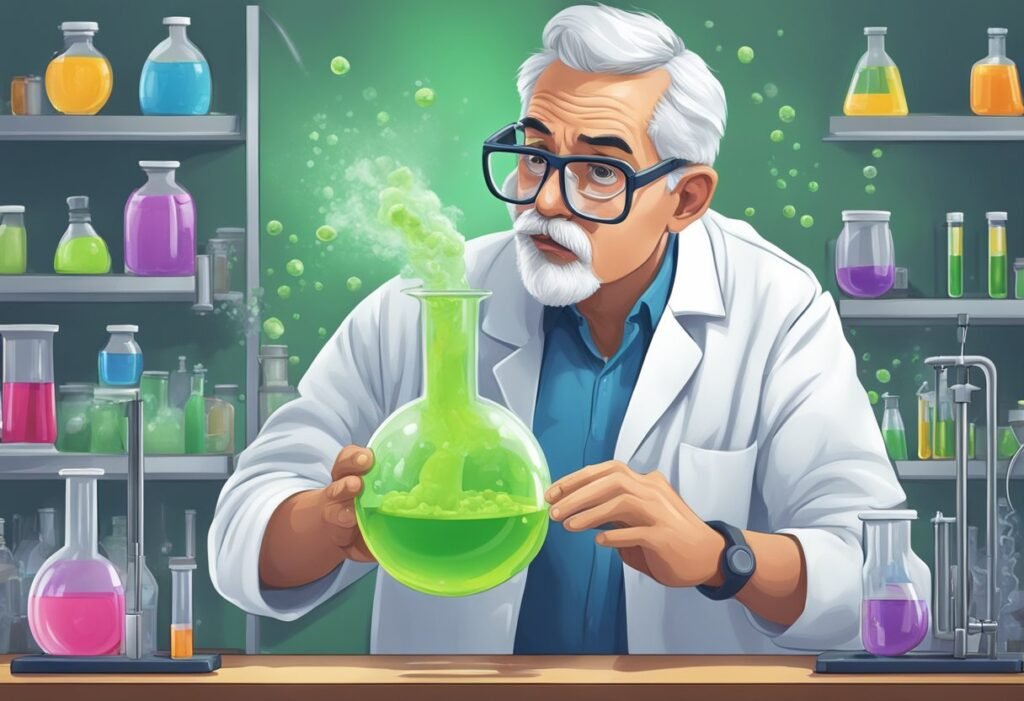
Some of the most impactful inventions in warfare and safety came about by chance. These discoveries changed how we approach explosives and protective materials.
Dynamite: A Blasting Accident
Alfred Nobel invented dynamite in 1867 after a series of accidents. He was trying to make nitroglycerin safer to use. During his work, a container of nitroglycerin exploded in his lab. Nobel noticed that the sawdust on the floor had soaked up the liquid, making it more stable.
This led him to mix nitroglycerin with diatomaceous earth. The result was a safer, more controllable explosive. Dynamite quickly became useful in mining and construction. It also had military applications.
Nobel felt guilty about dynamite’s use in warfare. He later used his wealth to create the Nobel Prizes.
The Unexpected Routes to Safe Materials
Many safety materials came from unplanned discoveries. Safety glass was invented when a scientist dropped a glass flask. The flask had a cellulose layer inside, which kept the glass from shattering.
Kevlar, a strong synthetic fiber, was discovered while trying to make lighter car tires. It’s now used in bulletproof vests and helmets.
Plastic gun sights were an accidental find during World War II. A researcher spilled chemicals on his glasses. He noticed the lenses were now shatterproof. This led to better gunsights and safety goggles.
These materials have saved countless lives in both civilian and military settings.
Science Meets Convenience: Household Accidents
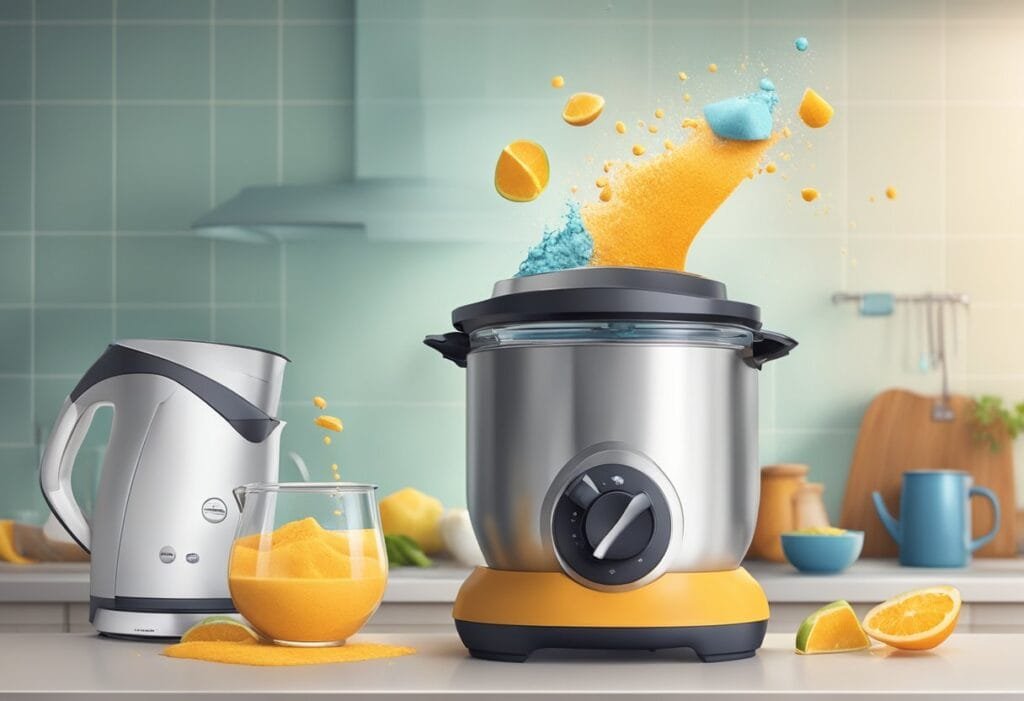
Unexpected discoveries in everyday settings have led to major advancements in home technology. These accidents show how science can transform daily life in surprising ways.
Cooking with Radiation: The Microwave Oven
The microwave oven, a kitchen staple, came from an accidental discovery. In 1945, Percy Spencer was working with radar equipment when he noticed the candy bar in his pocket had melted. Curious, he tried cooking popcorn with the same waves.
It worked, leading Spencer to realize the potential for cooking with microwaves. He patented the idea in 1945, and the first microwave oven was sold in 1947. Early models were big and expensive, costing about $5,000 and weighing 750 pounds.
Over time, microwaves became smaller and cheaper. By the 1970s, they were common in U.S. homes. Today, about 90% of American households have a microwave oven.
Microwaves cook food by making water molecules vibrate, creating heat. This method is faster than traditional ovens and uses less energy. It’s changed how people prepare meals, making quick cooking and reheating easy.
Accidental Inventions Thriving in Modern Industry
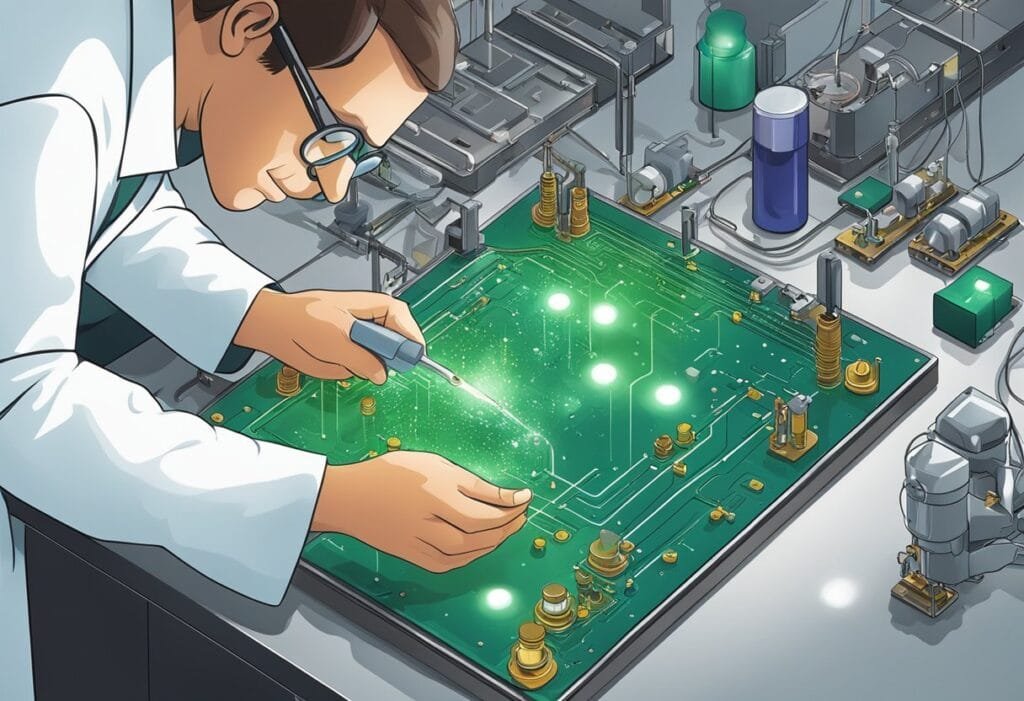
Unexpected discoveries have led to revolutionary products that shape our daily lives. These innovations continue to influence various sectors, particularly in materials science.
Innovations in Textiles and Materials
Kevlar, a super-strong synthetic fiber, was discovered by chance in 1965. Stephanie Kwolek, a chemist at DuPont, was trying to create a lightweight fiber for tires. Her accidental creation became essential in bulletproof vests and other protective gear.
Stainless steel, another accidental invention, emerged in the early 1900s. Harry Brearley was working on rust-resistant gun barrels when he noticed a discarded sample that hadn’t rusted. This led to the development of modern stainless steel used in countless applications today.
Vulcanized rubber, invented by Charles Goodyear in 1839, was also a fortuitous discovery. Goodyear accidentally dropped a mixture of rubber and sulfur on a hot stove, creating a more durable and elastic material. This revolutionized the rubber industry and enabled the mass production of tires.
Gore-Tex, a waterproof and breathable fabric, was another unintended creation. It has since become crucial in outdoor clothing and gear, protecting wearers from the elements while allowing moisture to escape.
Impact of Accidental Discoveries on Society
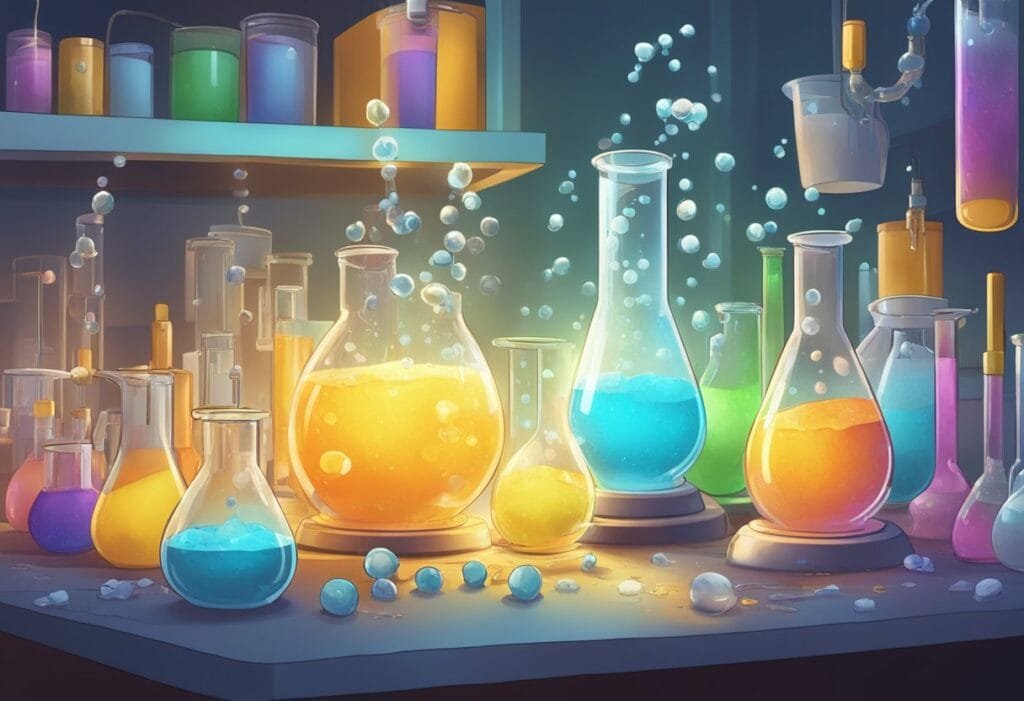
Accidental discoveries in science have led to major breakthroughs that shaped our world. These unplanned inventions improved healthcare, transformed technology, and influenced culture in profound ways.
Beyond the Lab: Societal Change and Advancement
Many accidental inventions changed society for the better. Penicillin, discovered by chance, revolutionized medicine and saved countless lives. This antibiotic allowed doctors to treat previously deadly infections.
X-rays, another accidental find, transformed medical diagnosis. Wilhelm Röntgen’s discovery of X-rays gave doctors a new way to see inside the human body without surgery. This invention continues to be crucial in modern healthcare.
Some unexpected discoveries became part of everyday life. The microwave oven, created accidentally while testing radar equipment, changed how people cook and eat. It made meal preparation faster and more convenient for millions.
Accidental inventions also impacted culture and entertainment. The Slinky toy, originally meant to be a ship stabilizer, became a beloved children’s plaything. It shows how unplanned discoveries can bring joy and spark creativity.
The Role of Serendipity in Future Discoveries
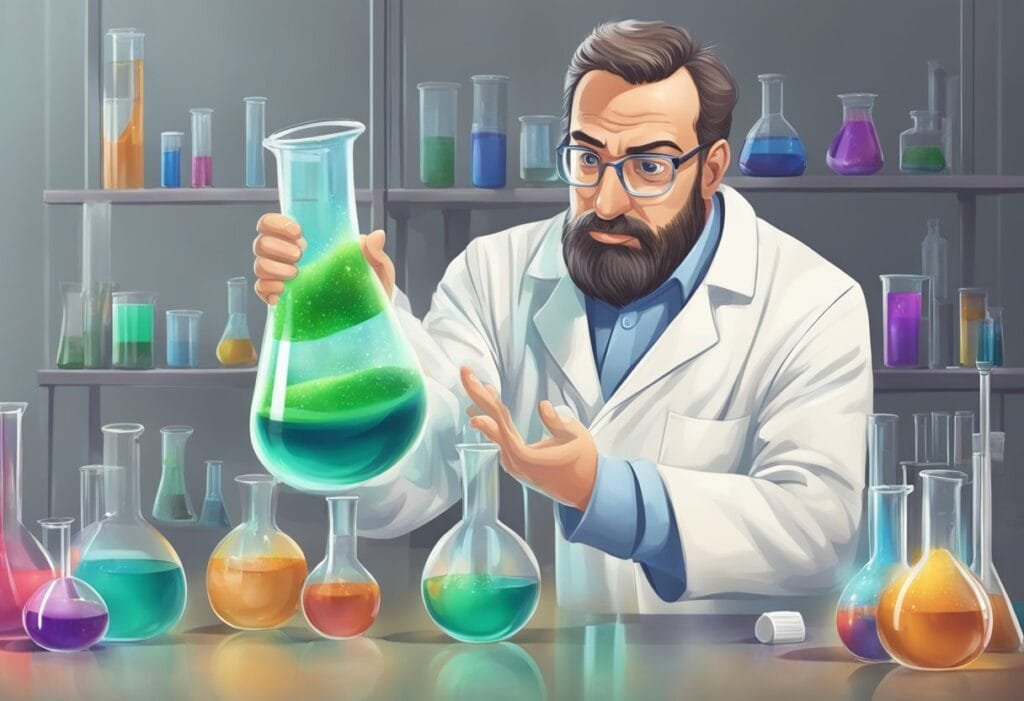
Serendipity continues to play a key part in scientific breakthroughs. Unexpected findings often lead to major advances across fields.
Predicting the Unpredictable
Scientific serendipity remains crucial for innovation. While researchers plan careful experiments, chance observations can spark new ideas. Labs now try to create environments that encourage these “happy accidents.”
Some ways to boost serendipity include:
- Interdisciplinary collaboration
- Open-ended exploration
- Embracing failures and surprises
New technologies may increase the chances of lucky discoveries. AI and big data can spot patterns humans might miss. This could lead to more eureka moments.
Discoveries are constantly happening by accident. From penicillin to X-rays, many breakthroughs came unexpectedly. Future labs will likely design spaces to nurture these chance findings.
Serendipity doesn’t mean pure luck. It requires skilled scientists to recognize the value of unexpected results. Training researchers to stay open-minded is key.

